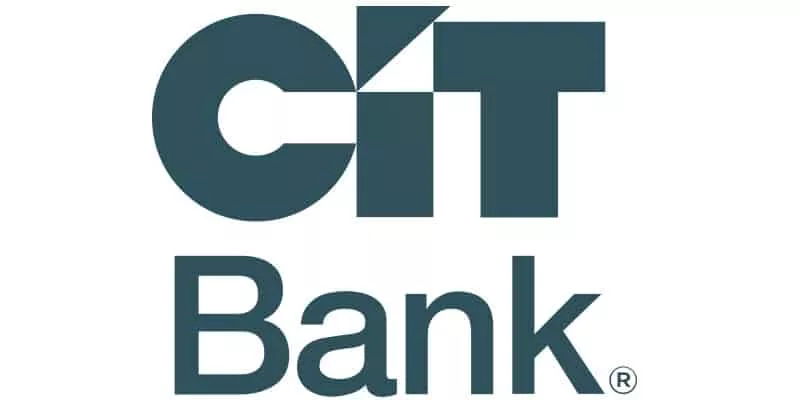Guaranteed returns and low-risk are making Certificate of Deposit (CD) ladders increasingly popular among individuals seeking to safeguard their retirement income.
Why CD Ladders should be part of retirement income strategy
Ensure a flow of income: A CD ladder involves investing in a series of certificates of deposit (CDs) with varying maturity dates. By spreading out your investment across different time periods, you can ensure a regular flow of income at regular intervals. This strategy also allows you to take advantage of the potential for higher interest rates with longer-term CDs.
Stability: One of the greatest advantages of CD ladders is their stability. Unlike other investments that are subject to market fluctuations, CDs offer a fixed interest rate for a specified period. This makes them an attractive option for retirees looking for a reliable income stream.
Low risk investment: CDs are financial products offered by banks and credit unions. They are considered low-risk investments as they offer a fixed interest rate for a specified period. When you invest in a CD, you agree to keep your funds deposited for a predetermined period, typically ranging from a few months to several years. In return, the bank pays you interest on your investment.
How to create a CD ladder for retirement income
Creating a CD ladder for retirement income requires careful planning and consideration.
Here are the steps to follow:
1. Determine your retirement income needs
Start by calculating your estimated retirement expenses. This will help you determine how much income you need to generate from your CD ladder.
2. Set your investment timeline
Decide on the duration of your CD ladder. This will depend on your retirement goals, risk tolerance and investment style. For example, you may choose to have CDs maturing every six months or every year.
3. Allocate your funds
Divide your retirement savings into equal parts and allocate them to different CDs with varying maturity dates. For instance, if you have $100,000 in savings, you can allocate $20,000 to each CD with maturities ranging from one to five years.
4. Renew and reinvest
As each CD matures, you can reinvest the funds into a new CD with a longer maturity date. This allows you to take advantage of the best CD rates offered by longer-term CDs.
5. Maintain liquidity
While CD ladders provide a reliable income stream, it's important to maintain some liquidity. Consider keeping a portion of your retirement savings in a liquid high-yield savings account or money market account for emergencies or unexpected expenses. Most CDs come with an early withdrawal penalty so you want to avoid liquidating your CD too early.
Factors to consider when building a CD ladder
When building a CD ladder, there are several factors to consider to ensure optimal returns and flexibility. Here are a few key considerations:
- Interest rates. Keep an eye on prevailing interest rates when creating your CD ladder. Higher interest rates can significantly impact your overall returns.
- Maturity dates. Choose a mix of short-term and long-term CDs to balance liquidity and potential returns. Short-term CDs provide more frequent access to funds, while long-term CDs offer higher interest rates.
- Penalties for early withdrawal. Understand the penalty for early withdrawal before investing in a CD. This will help you make informed decisions and avoid any unexpected fees.
- FDIC insurance. Ensure that the bank or credit union offering the CDs is FDIC-insured. This provides protection for your deposits up to $250,000 per depositor, per institution.
Benefits of using CD Ladders for retirement income
CD ladders offer several benefits that make them an attractive option for securing retirement income. Here are some key advantages:
- Guaranteed returns. Unlike other investments that are subject to market fluctuations, CDs offer a fixed interest rate for a specified period. This stability makes them a reliable source of income for retirees.
- Low risk. CDs are considered low-risk investments as they are insured by the FDIC. This means that even if the bank fails, your deposits are protected up to the insured limit.
- Flexibility. CD ladders offer flexibility in terms of access to funds. As each CD matures, you have the option to reinvest or withdraw the funds, depending on your financial needs.
- Diversification. By spreading your investment across different maturity dates, you can take advantage of potential interest rate increases and mitigate the risk of locking in your funds at a lower rate for an extended period.
- Earn more interest. You can earn more interest than you would with a traditional savings account, and the interest rate is guaranteed for the duration of the CD term. Note: High-Yield Online Savings Accounts far out earn traditional savings accounts at brick-and-mortar banks.
Managing and maintaining your CD ladder
To ensure the success of your CD ladder as a retirement income strategy, it's important to manage and maintain it effectively. Here are some tips to consider:
- Keep track of maturity dates. Maintain a record of the maturity dates for each CD in your ladder. This will help you plan your withdrawals or reinvestments in advance.
- Reinvest strategically. When a CD matures, evaluate the prevailing interest rates before reinvesting your funds. Consider reinvesting in longer-term CDs if the rates are higher, but be mindful of your liquidity needs.
- Review and adjust. Regularly review your CD ladder strategy and make adjustments as needed. This can include reallocating funds, changing maturity dates, or exploring alternative investment options.
Drawbacks to using CD Ladders as retirement income planning
While CD ladders offer some benefits for retirement planning, there are several drawbacks to consider:
- Limited growth potential. CD interest rates are typically lower than those offered by other investment options like stocks or bonds. This means your money may not grow as much over time, potentially failing to keep pace with inflation, which can erode your purchasing power in retirement.
- Lack of flexibility. CDs lock your money in for a fixed period, making it inaccessible until the maturity date. This can be problematic if you need to access your funds unexpectedly for emergencies or unforeseen expenses. Additionally, if interest rates rise, you might be stuck with a lower rate for the entire CD term.
- Limited income stream. While CDs provide a predictable income stream through interest payments, the total amount may not be sufficient to fully support your desired retirement lifestyle, especially if you have a long life expectancy. This might necessitate supplementing your income with other sources like Social Security or part-time work.
Alternatives to CD Ladders for retirement income
While CD ladders offer stability and guaranteed returns, they may not be suitable for everyone. Here are some alternative retirement income strategies to consider:
Dividend-paying stock
Investing in dividend-paying stocks can provide a reliable income stream, although it comes with higher risks compared to CD ladders.
Annuities
Annuities are insurance products that provide a guaranteed income stream for life or a specified period. They offer a level of security similar to CD ladders but may involve higher fees and less flexibility.
Rental properties
Owning and renting out properties can generate consistent rental income, although it requires active management and carries risks associated with property ownership.
Retirement savings accounts
Contributing to accounts like 401(k)s or IRAs allows for potential tax benefits and long-term growth through various investment options.
Bond funds
Investing in bond funds can provide income through regular interest payments, but they are subject to market fluctuations and may not offer the same level of stability as CDs.
Final takeaway
Securing your retirement income is crucial to enjoy a financially stable and fulfilling retirement. CD ladders offer a reliable and low-risk strategy to generate a regular income stream. By understanding the concept, creating a well-structured ladder, and considering important factors, you can optimize your retirement income and achieve your financial goals.
However, it's important to assess your own risk tolerance and consult with a certified financial advisor to create a personalized retirement plan that considers your individual needs, risk tolerance, and overall financial goals.














